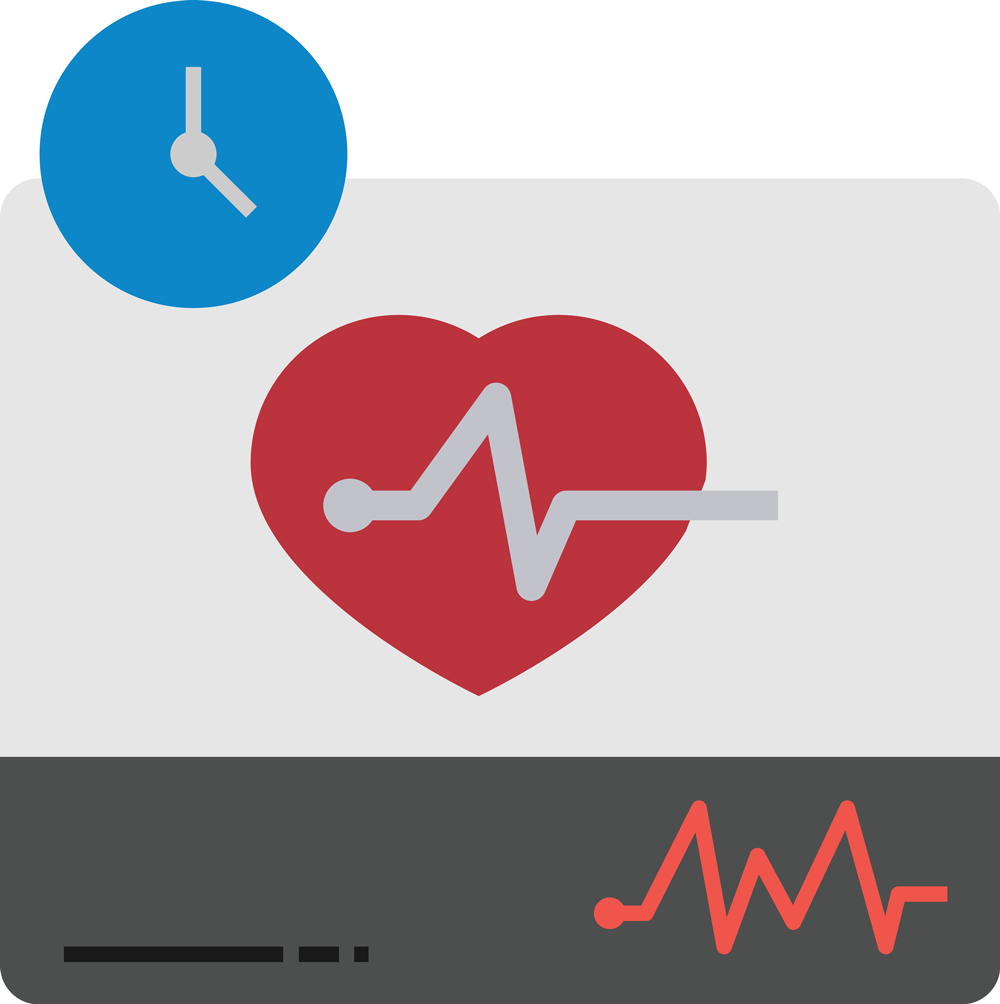Providing intravenous (IV) sedation in your dental practice offers patients a more comfortable experience, but it requires the right equipment for safety and efficacy.

It is essential to monitor the patient’s clinical condition during sedation. A pulse oximeter is mandatory to continuously measure oxygen saturation and heart rate throughout the sedation procedure. A manual or automatic sphygmomanometer is also essential to monitor baseline blood pressure before sedation, at appropriate intervals during sedation, and prior to the patient being discharged. Key advanced monitoring tools to ensure continuous assessment of vital signs also include an ECG machine and capnograph.
For airway management, invest in a bag-valve-mask device, supraglottic airway devices, and endotracheal tubes to maintain a clear airway. Emergency preparedness is vital, so equip your practice with a defibrillator, emergency drugs, and a reliable oxygen delivery system.
Additionally, stock up on specific medication and administration materials like IV catheters, a variety of IV solutions, and high-quality IV administration sets.
Prioritize ongoing training for your dental team to ensure proficiency in administering IV sedation and responding to potential complications, ultimately enhancing patient care and satisfaction in your practice.



